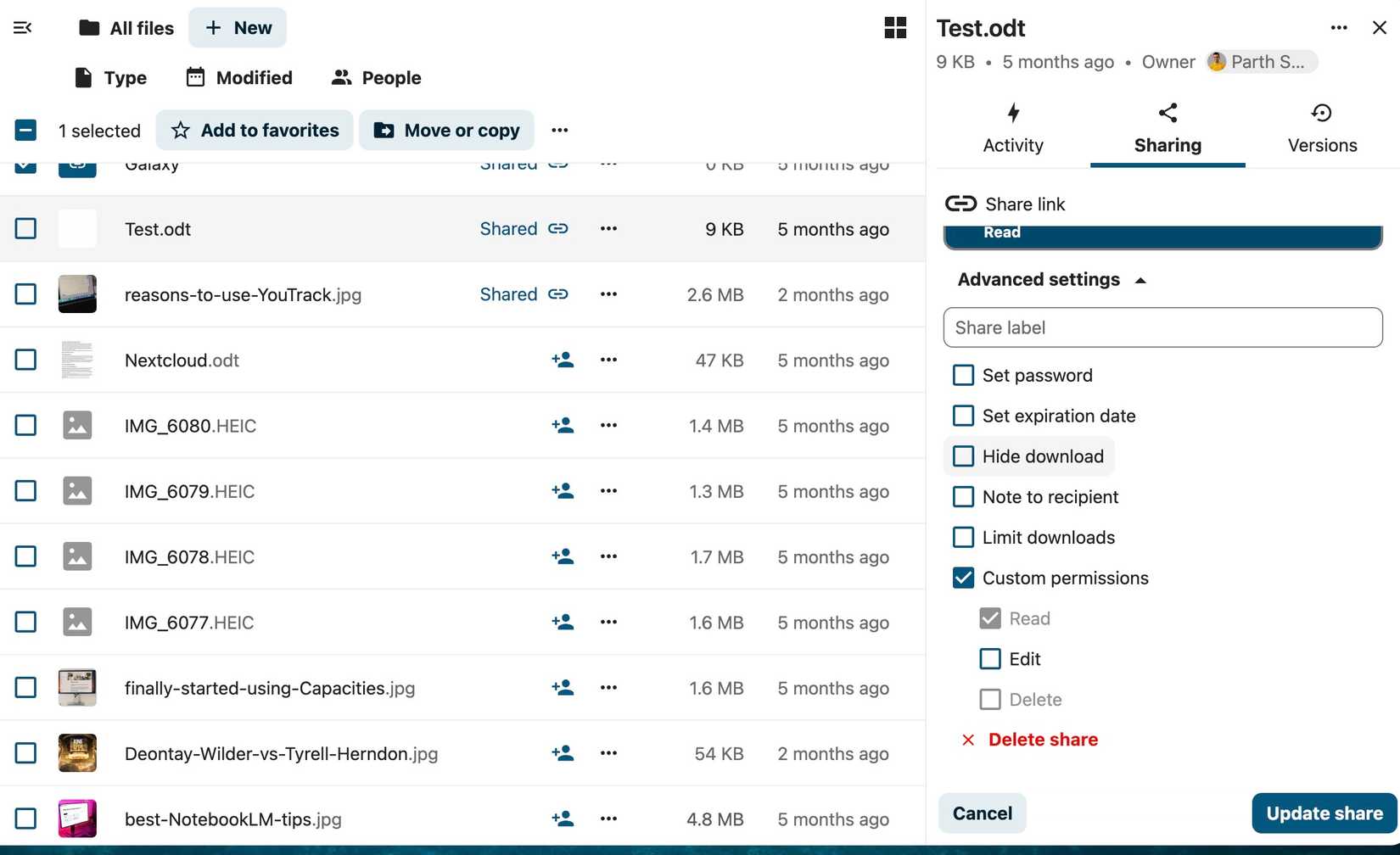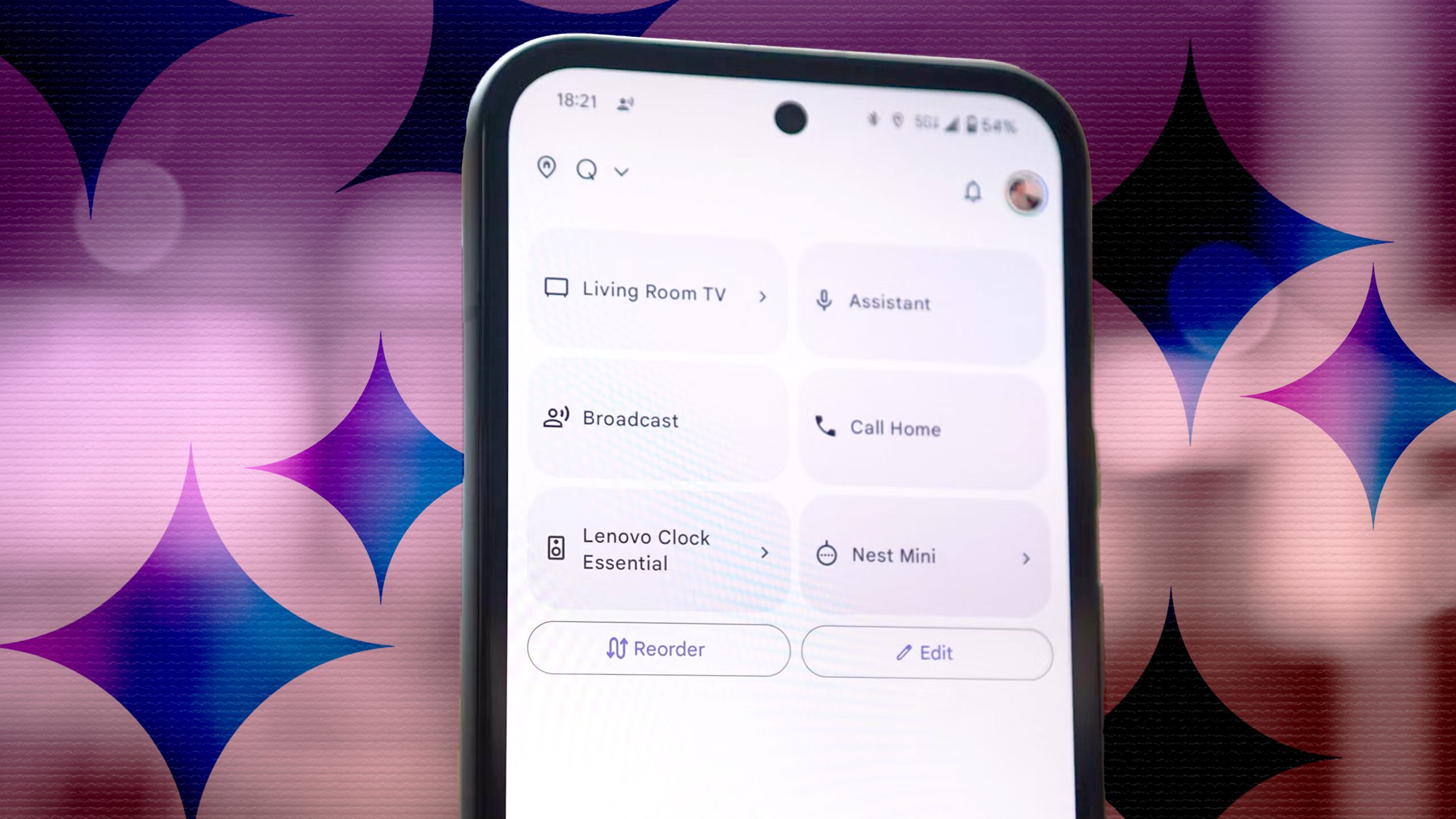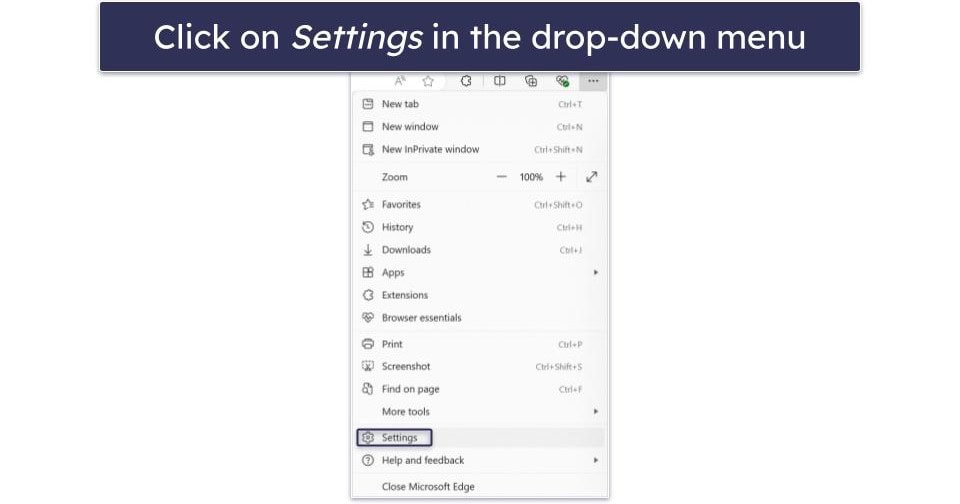A missed delivery by seconds. A mysterious knock after dark. These moments used to leave us tense.
Smart doorbells offer a simple fix. A live feed and instant alerts turn your front door into something you can monitor from the kitchen or on the other side of the world.
However, this convenience comes with some trade-offs. I’ll explain how a video doorbell can make life easier and where it might complicate things, so you can decide if it’s the right fit for your home.
Video doorbells deter crime
The main reason for getting a video doorbell is safety. These devices have become the first line of defense for home security. One of their main selling points is stopping package theft.
Porch piracy has become a problem. A recent national survey estimates that porch pirates stole at least 58 million packages in the past year, amounting to $12 billion in losses.
In response, 38% of Americans surveyed now rely on a doorbell camera to deter theft.
The simple, visible presence of a camera is a psychological deterrent, making a property riskier and, therefore, less of a target.
Moreover, delivery management becomes easier when you can talk to drivers in real time using two-way audio.
Video doorbells double as a digital front desk
Beyond security, video doorbells simplify the logistics of a busy household.
Remote access is helpful for people who may have trouble getting to the door. Answering the phone from the couch can make life much easier and safer for older adults or anyone with mobility issues.
Video doorbells are also a digital logbook for the home’s entrance.
If you’re a parent, use it to check that your kids made it home from school. If you have a cleaner, dog walker, or contractor stopping by, you’ll know exactly when they arrive and leave.
And if you’re a homeowner, it lets you check on your rental property without being there in person.
Automation expands the video doorbell’s value
For many, the video doorbell is not a standalone gadget, but part of a smart home ecosystem designed around routines.
Major brands like Google Nest and Amazon’s Ring are designed to integrate with smart home platforms like Google Home and Alexa.
One press can set off connected actions. For example, if it spots motion after 9 PM, your smart porch light can turn on automatically.
Another one is when someone presses the doorbell, your Echo or Nest Hub can announce, “Someone’s at the door,” while showing the live video on a smart display or even your TV.
The price tag doesn’t show the full cost
The advertised price on the box is rarely the final cost. The true cost of ownership involves ongoing fees and a reliance on potentially failing technology.
The business model for market leaders is built on recurring subscription revenue. The physical doorbell is a gateway to a software-as-a-service (SaaS) plan.
While technically still usable, these devices become severely restricted without paying for a monthly plan.
The most important features, like recording, reviewing, and sharing clips, are almost universally locked behind a paywall. AI-powered features like person, package, and vehicle detection also require a subscription.
Without those features, the doorbell is a simple motion sensor that pings you for every passing car.
Aside from subscription fees, you’ll also need to factor in battery replacements for wireless models.
And since video doorbells rely on your home Wi-Fi, a weak or spotty connection can cause them to stop working altogether.
Consent laws, surveillance limits, and social friction
When you install a video doorbell, you place a camera and microphone at your front door and route that data through corporate servers. Your private footage is now in the hands of a third party.
While companies like Arlo, Google, and Ring have privacy policies stating they will not access user data without cause, the reality is more complicated.
In 2023, the Federal Trade Commission forced Ring to pay more than $5.6 million in a settlement after finding the company allowed employees and contractors to access customers’ video feeds.
Law enforcement access is another concern. These companies must comply with legally binding warrants for footage.
However, they also reserve the right to share footage without a warrant in vaguely defined “imminent danger” and “emergency” situations.
For those uncomfortable with cloud-based risks, local storage is an alternative. Some models can store video on a physical microSD card or a local network video recorder. This keeps your data out of corporate hands.
Finally, the always-on camera creates legal and social friction. You cannot aim your camera at your neighbor’s windows or fenced-in backyard.
A more complicated issue is audio recording. Several states are all-party consent jurisdictions, meaning it is illegal to record a conversation without the consent of every person involved.
Should you get a video doorbell?
Your living space, budget, and views on privacy affect whether a video doorbell is right for you.
Here’s a breakdown to help you weigh the pros and cons based on different user needs.
Suburban homeowners
The benefits are high if you live in single-family homes. A video doorbell can monitor driveways and yards.
You also have the freedom to install a wired version without worrying about recharging batteries.
The one thing to watch out for is how you angle the camera. Make sure it doesn’t record a neighbor’s yard or windows. That can cause disputes or legal trouble.
Apartment residents
Renters usually have the most hoops to jump through. Many homeowners or HOA rules prohibit drilling into walls or making permanent changes, so wired doorbells are often off the table.
However, there are renter-friendly options, like the Ring Peephole Cam, which fits into an existing peephole, or doorbells you can attach using no-drill mounts.
Privacy can get tricky in crowded apartment hallways. You’ll need to ensure the camera doesn’t point at a neighbor’s door, and recording audio in shared spaces can cause legal issues.
The rental host
For property owners, video doorbells make it easy to monitor access, confirm guest arrivals, and record any damage or rule-breaking.
However, this utility comes with legal and ethical responsibilities. Cameras are strictly forbidden inside a rental unit or anywhere a tenant reasonably expects privacy.
Even pointing a camera so it catches inside when a door opens crosses the line.
Owners also keep ownership of the system, but must provide tenants with partial access through a shared user setup.
The smart doorbell is your front door’s new employee
Ultimately, adding a video doorbell is hiring a candidate for home security. The resume lists core skills like 24/7 monitoring and remote communication.
However, the interview reveals potential liabilities. The position requires a perpetual salary in the form of subscription fees.
The candidate is critically dependent on a sometimes unreliable partner, your Wi-Fi.
Your task is to act as the manager and weigh the resume against the risks to decide if this is the right employee for your home.








